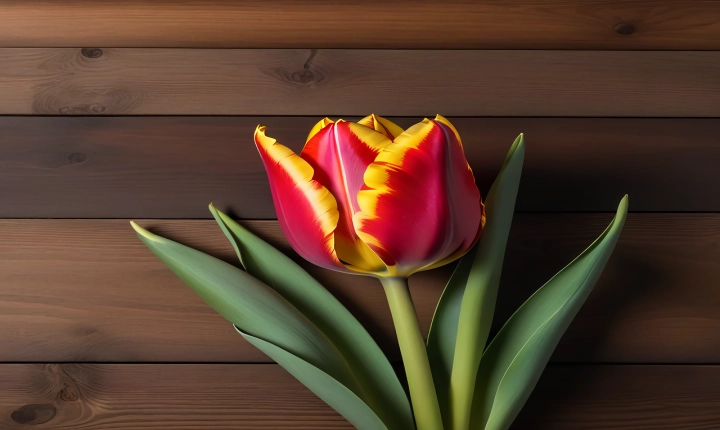AI and Art: Exploring the Intersection of Technology and Creativity
Art has always been a reflection of the human experience, a medium through which we express emotions, ideas, and perspectives. It has been a distinctly human endeavor, rooted in our ability to think, feel, and create. However, the rise of artificial intelligence (AI) has added a new dimension to the creative process, challenging traditional notions of what art is and who or what can be considered an artist.
AI art refers to artworks created with the assistance or direct intervention of artificial intelligence. This can take many forms, from generative algorithms that produce visual or auditory compositions to AI-powered systems that can mimic the style of famous artists or create entirely new artistic expressions. One of the most well-known examples of AI art is the use of machine learning algorithms to create visual artworks, such as the famous “Portrait of Edmond de Belamy” by the Paris-based collective Obvious.
Critics and supporters of AI art alike have debated whether AI can truly be considered an artist in its own right, or if it is simply a tool used by human creators. Proponents argue that AI can introduce new perspectives and approaches to art, pushing the boundaries of creativity and sparking meaningful conversations about the nature of art and the role of technology in society. For example, AI can analyze and interpret vast amounts of data to identify patterns and connections that human artists might miss, leading to novel and unexpected artistic expressions.
On the other hand, skeptics worry that the proliferation of AI art could devalue the work of human artists, leading to a homogenization of artistic styles and a loss of individual expression. They argue that the essence of art lies in the human experience and the emotional depth that comes from a personal perspective, something that AI, no matter how sophisticated, is incapable of replicating.
Despite these debates, AI art has undeniably opened up new avenues for creative exploration and collaboration. Interdisciplinary collaborations between artists, scientists, and programmers have resulted in innovative artworks that blend the technical capabilities of AI with the emotional and conceptual depth of human creativity. For example, the use of AI to analyze and interpret large datasets has enabled artists to create visualizations of complex social or environmental issues, sparking conversations and awareness around important topics.
Furthermore, AI art has the potential to make art more accessible and inclusive by providing tools and platforms for individuals who may not have traditional artistic training or resources to create and share their own artworks. AI-powered generative art tools, for instance, allow people to experiment with different visual styles and compositions, democratizing the creative process and encouraging a more diverse range of voices and perspectives in the art world.
As we continue to navigate the evolving relationship between AI and art, it is essential to approach the intersection with an open and critical mindset. While AI has the potential to enhance and expand the creative landscape, we must also remain vigilant against potential pitfalls, such as the loss of artistic authenticity or the reinforcement of biases inherent in AI algorithms.
Ultimately, the future of AI art lies in the hands of artists, technologists, and society as a whole. By embracing the potential of AI as a tool for creative exploration and innovation, while also acknowledging its limitations and ethical considerations, we can harness the power of technology to enrich and diversify the art world, offering new perspectives and opportunities for artistic expression.
